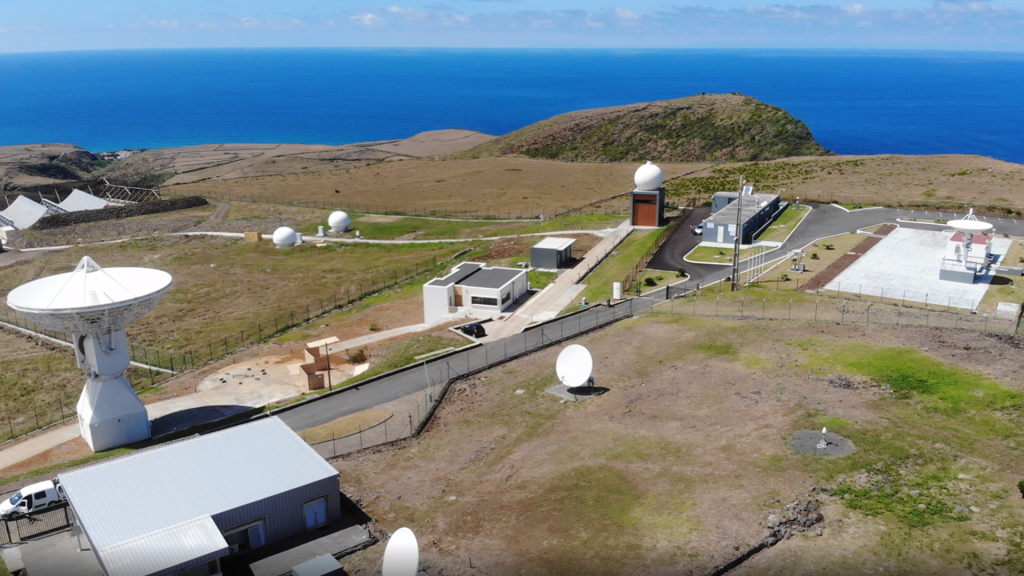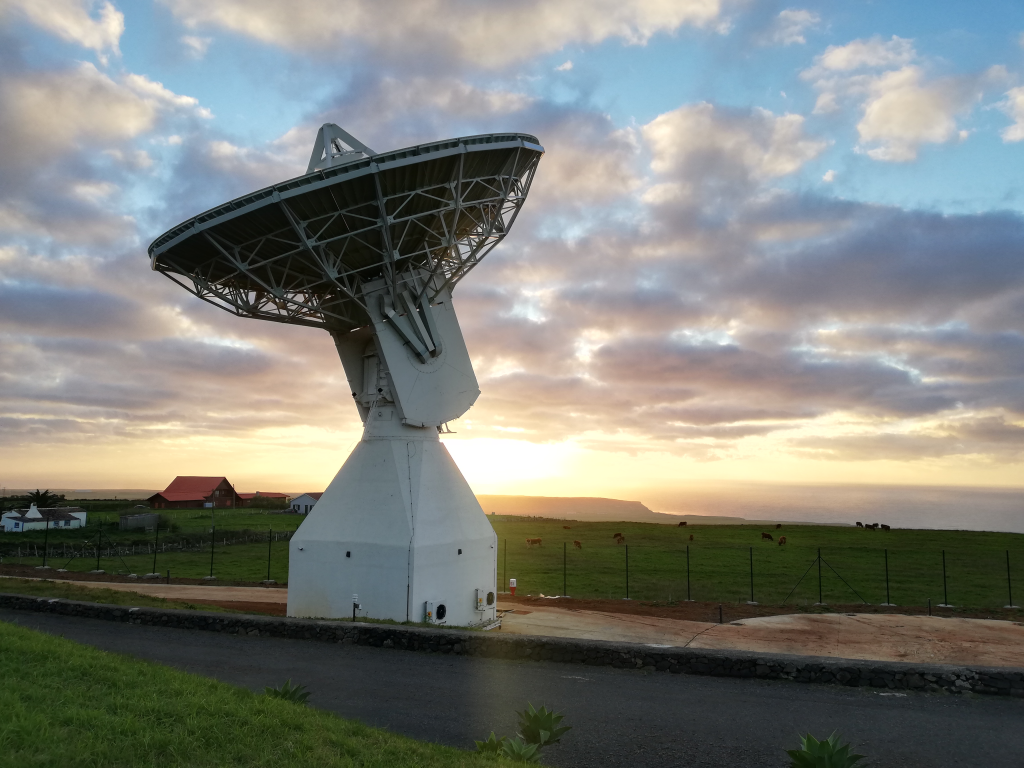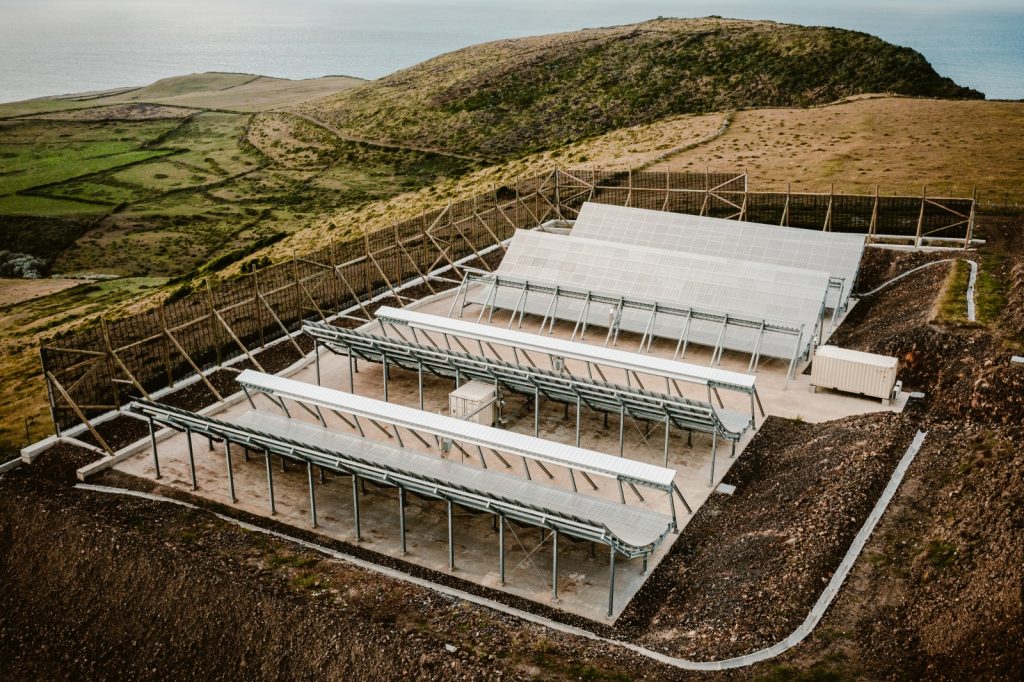
The Santa Maria Teleport in the Azores, is an infrastructure of the Portuguese space sector, operated and maintained by Thales EDISOFT Portugal. It has an area of about 5.5 hectares and houses a wide range of infrastructures including international private space operators in the “New Space” segment, which operate in the area of satellite communications, collection of observation data and monitoring of activities on the surface of the Earth, tracking objects in orbit, among others.
The continuous support of the Autonomous Region of the Azores has been decisive for the continuity of these activities and for the promotion of the space sector in the Azores.
The Teleporto’s first activities were carried out in collaboration with the European Space Agency (ESA) in 2007, within the framework of the installation of the tracking station for the Ariane 5, Vega and Soyuz launchers (ESTRACK network). This station plays a decisive role in certain time windows during launches as it receives telemetry related to the flight parameters of the launchers which it sends to the control and command centres.

In 2013, the Galileo Sensor Station was inaugurated, responsible for monitoring the Galileo global positioning constellation, the European Union’s satellite navigation system (GNSS), managed by the European Space Program Agency (EUSPA). This station includes an omnidirectional antenna and two VSAT antennas that connect this infrastructure to the worldwide Galileo Ground Segment network. Given its characteristics and framing in the Galileo network, this station is considered a national critical infrastructure.

EPS-SG is EUMETSAT’s next generation of polar-orbiting satellites, following on from earlier successful missions.
This next generation, following on from EUMETSAT Polar System programme (Metop), will secure the continuation of meteorological observations from the polar orbit in the 2022-2043 timeframe.

This equipment for TT&C (Telemetry, Tracking and Command) managed by the Portuguese Space Agency, has unique capabilities in Portugal. The operation of this antenna aims to empower the national space ecosystem, promoting the development of space sciences and technologies and the promotion of innovation and scientific employment, namely on the island of Santa Maria, also contributing to leverage the space ecosystem of the Azores. This high-performance 15-meter antenna is intended for control and command of satellites and space missions in the S-band and X-band, with performance similar to the European Space Agency’s 15-meter ESTRACK ground stations, and capable of missions outside Earth orbit.

This segment of activity has been explored more and more intensively at the Teleporto with the appearance, all over the world, of a group of protagonists who work in the private sector.
The geostrategic importance and unique conditions of the Azores archipelago have allowed attracting those actors who are dedicated to activities as diverse as SSA (Space Situation Awareness) which, through the sensors installed there, improve the ability to monitor and collect data from objects in orbit to ensure correct situational awareness of the Space and prevent the occurrence of accidents (namely, collisions).
Others of these international actors, once again taking advantage of the Teleporto’s geostrategic positioning, extend their network of satellite communication antennas to integrate their global network, framed in the GSaaS (Ground Segment as a Service) concept. This is a tailor-made solution concept in the terrestrial segment to support satellite operators.
The Teleporto currently houses several state-of-the-art VHF, UHF, S and X band antennas capable of receiving data from low orbit satellites or sending remote control data to these satellites.
